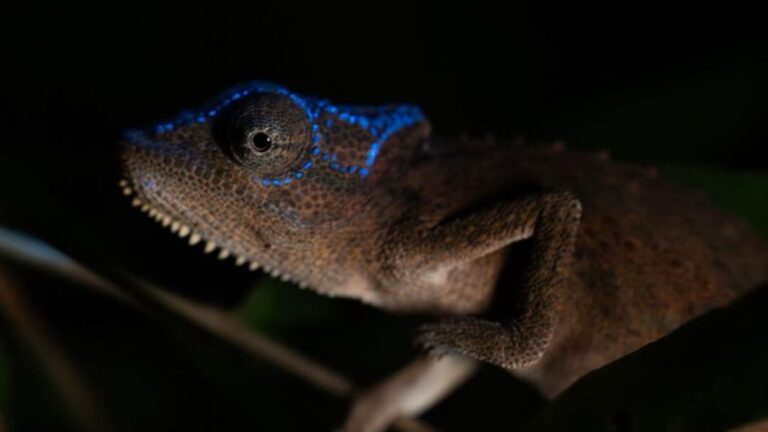12 Animals With Unique Behaviors Only Found In Captivity
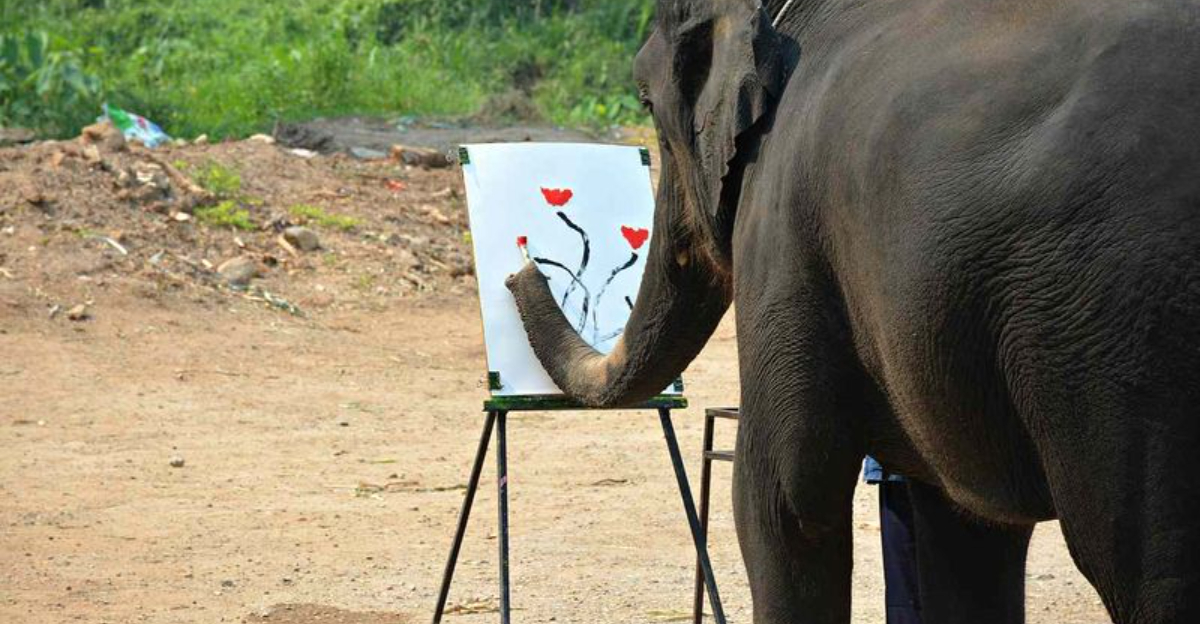
Explore the fascinating world of animals that exhibit unique behaviors only when they are in captivity. These behaviors, often surprising and intriguing, offer insights into how animals adapt to controlled environments.
From parrots forming unexpected friendships to elephants painting with their trunks, these behaviors highlight the incredible adaptability and intelligence of these creatures. Dive into the stories of such animals, each with its own captivating story.
1. Parrots With Unusual Friendships
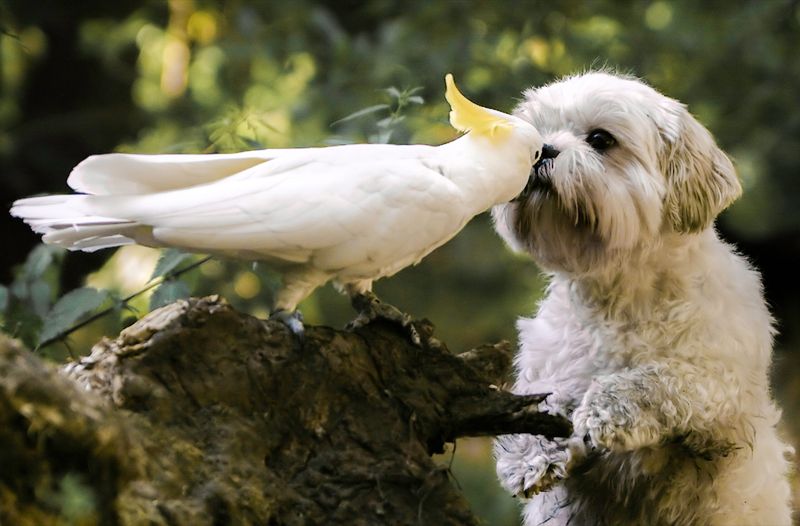
In captivity, some parrots develop unexpected friendships with other animals, such as rabbits or even dogs. This phenomenon is not commonly observed in the wild. Parrots are known for their social nature, and in captivity, they often seek companionship beyond their species.
These unusual friendships can be heartwarming and provide the parrot with much-needed social interaction. For instance, a parrot might snuggle up to a rabbit, sharing warmth and even food. This behavior is an adaptation to the limited social options in a confined space.
Observers often find joy in watching these interactions, as they challenge our understanding of animal relationships.
The friendships not only benefit the parrots by providing emotional support but also enrich the lives of other animals involved. Captive environments, while limited, can foster these unique bonds that contribute to the well-being of all animals involved.
2. Elephants Painting
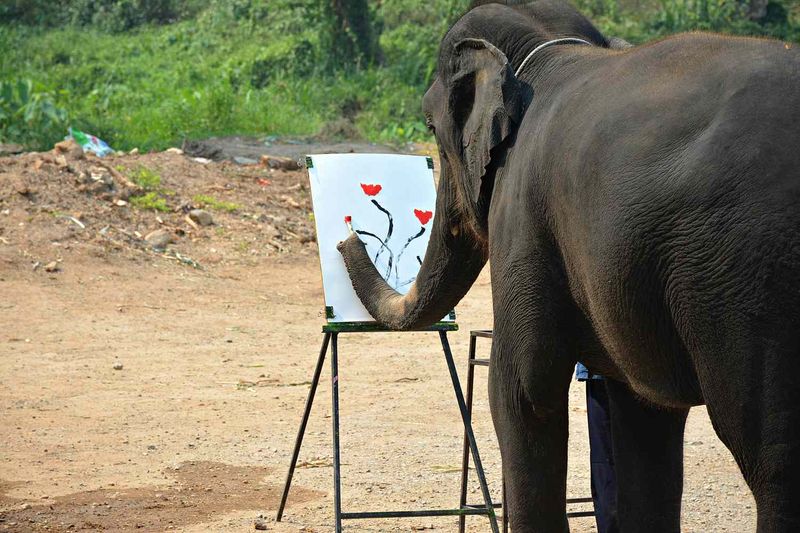
Elephants in captivity have been observed creating paintings using brushes held in their trunks. This behavior is a result of enrichment activities provided by caregivers to stimulate the elephants’ cognitive functions.
The activity not only entertains but also exercises their motor skills. In many zoos and sanctuaries, elephants are encouraged to paint, and the results are often impressively artistic. These paintings are sometimes sold to raise funds for conservation efforts.
The process of painting allows elephants to express themselves in a way that is not possible in the wild. Watching an elephant paint is a sight to behold, as it highlights the animal’s intelligence and adaptability.
The elephants seem to enjoy the process, and each painting session strengthens the bond between the elephant and its caregivers. This unique behavior showcases the potential for creativity and learning in these majestic animals.
3. Dolphins Performing Tricks
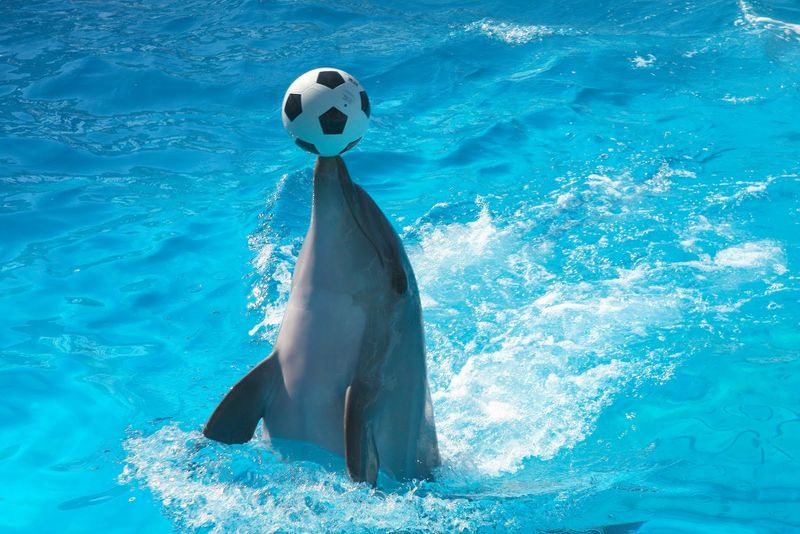
Dolphins are well-known for their ability to perform tricks in captivity, a behavior rarely seen in the wild. These intelligent creatures are trained to jump through hoops, balance balls, and even communicate with trainers through whistles and hand signals.
The training process is based on positive reinforcement, where dolphins are rewarded for performing desired actions. This interaction benefits both the dolphins and their trainers, fostering a unique bond between them.
The tricks are a form of exercise and mental stimulation for the dolphins, keeping them active and engaged. Performing in front of audiences has raised ethical debates, but it undeniably highlights dolphins’ cognitive abilities.
The tricks captivate spectators, offering insights into the intelligence and trainability of these marine mammals. Captive environments provide the structure for such interactions, revealing behaviors that are both entertaining and educational.
4. Octopuses Opening Jars
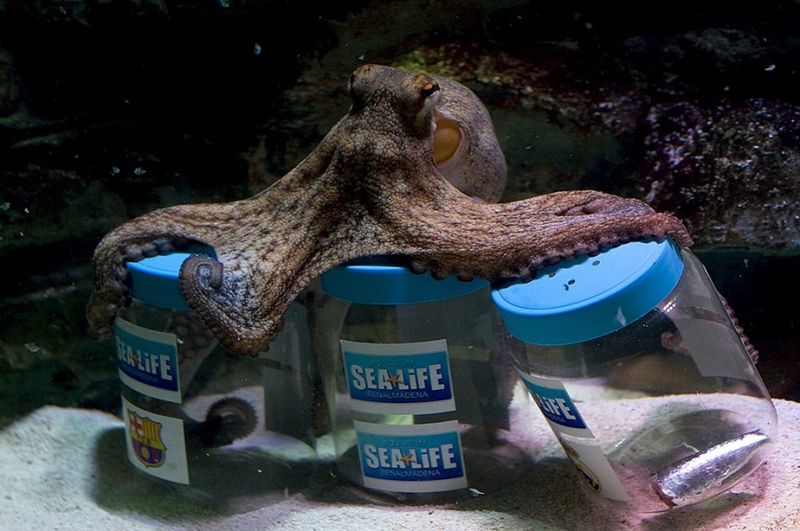
Octopuses in controlled environments have demonstrated an incredible ability to open jars to retrieve food. This behavior showcases their problem-solving skills and intelligence.
In the wild, octopuses use their dexterous arms to manipulate objects, but captivity provides unique challenges that reveal their cognitive abilities.
Researchers often use this behavior to study octopus intelligence, setting up experiments where the octopus must figure out how to access the food inside the jar. The process involves unscrewing lids, an action that requires both patience and precision.
This captivating display not only intrigues scientists but also the public. Watching an octopus solve such complex puzzles offers a rare glimpse into the minds of these fascinating creatures.
Captive settings provide a controlled environment to study such behaviors, contributing valuable insights into the capabilities of octopuses.
5. Chimpanzees Using Tablets
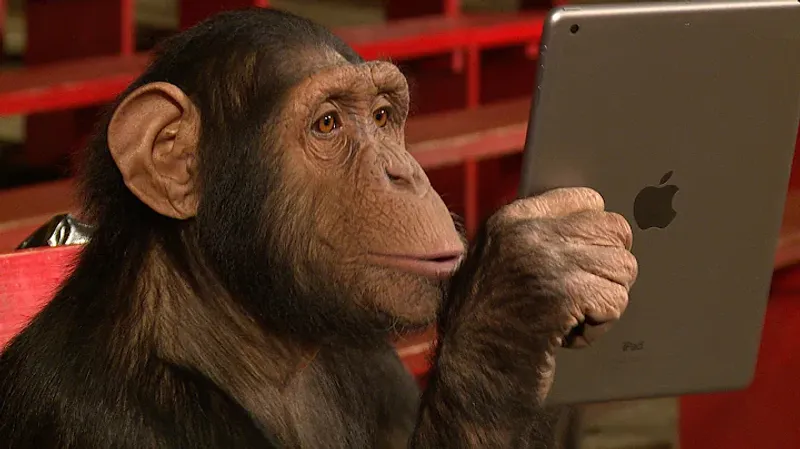
In modern zoos, some chimpanzees engage with tablets, navigating apps designed for their enrichment. This behavior highlights their intelligence and adaptability to technology, something that is not observed in the wild. The use of tablets encourages mental stimulation and problem-solving skills.
Chimpanzees have been seen playing games, drawing, and even interacting with virtual environments on these devices. The introduction of technology into their daily routine enriches their lives, offering a new form of interaction.
For visitors, watching a chimpanzee use a tablet is both amusing and enlightening, showcasing the cognitive parallels between humans and primates. The behavior underscores the importance of providing mental challenges in captive environments to keep these intelligent animals engaged and healthy.
6. Tigers Playing With Balls
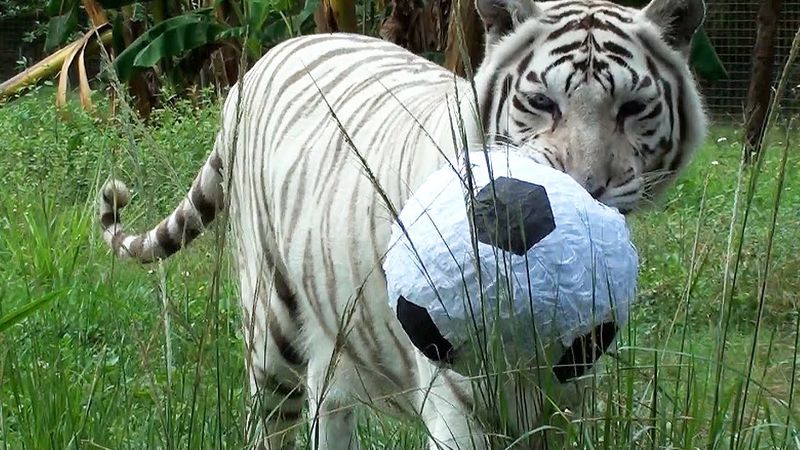
Captive tigers often engage in playful behaviors like batting around large balls, activities not typically seen in the wild.
These behaviors are encouraged by zookeepers to stimulate the tigers’ natural instincts and provide physical exercise.
The sight of a tiger playing with a ball is both entertaining and educational. It demonstrates the playful side of these majestic predators, a trait that is often overshadowed by their reputation as fierce hunters. Providing such enrichment activities is crucial for the well-being of tigers in captivity.
It helps reduce stress and encourages natural behaviors, contributing to their overall health. Watching these interactions allows people to see a different side of tigers, fostering an appreciation for their complex personalities.
7. Pandas Rolling Tires

Pandas in captivity are sometimes seen rolling tires, a playful behavior that aids in physical exercise. This activity is not typically observed in the wild, where their primary focus is foraging for bamboo. In zoos, keepers provide tires as enrichment tools, encouraging movement and play.
The image of a panda rolling a tire is both charming and informative. It showcases the playful nature of pandas and their ability to adapt to new stimuli. This behavior provides valuable exercise, helping to maintain the pandas’ physical health in confined environments.
Visitors find joy in watching these adorable antics, which reveal the playful side of pandas. Enrichment activities like tire rolling are essential for the mental and physical well-being of captive pandas, offering them a dynamic and engaging environment.
8. Gorillas Using Sign Language
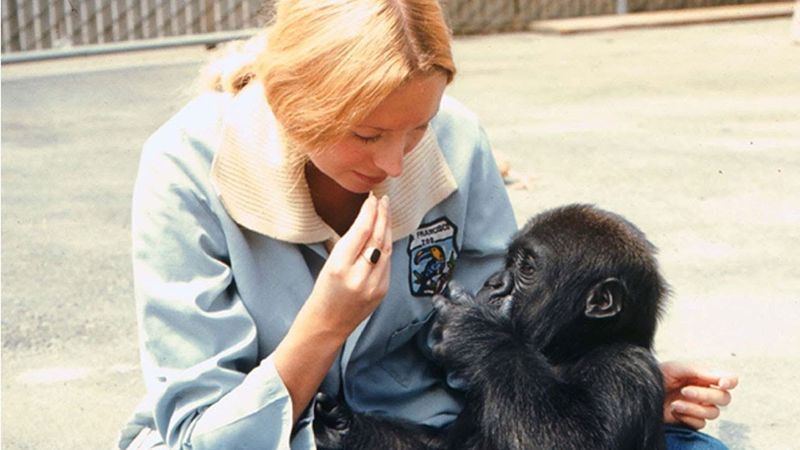
In several zoos, gorillas have learned to communicate using sign language, a behavior developed only in captivity. This extraordinary skill highlights their cognitive abilities and the strong bond they form with their caregivers.
The use of sign language allows gorillas to express their needs and emotions, offering a unique insight into their inner worlds. Trainers work closely with gorillas, teaching them signs and enabling two-way communication.
This interaction provides mental stimulation and strengthens the relationship between gorillas and humans.
Watching a gorilla sign is a profound experience, emphasizing the intelligence and emotional depth of these primates. This behavior underscores the importance of enrichment in captive settings, providing gorillas with tools to express themselves and engage meaningfully with their environment.
9. Sea Lions Balancing Balls
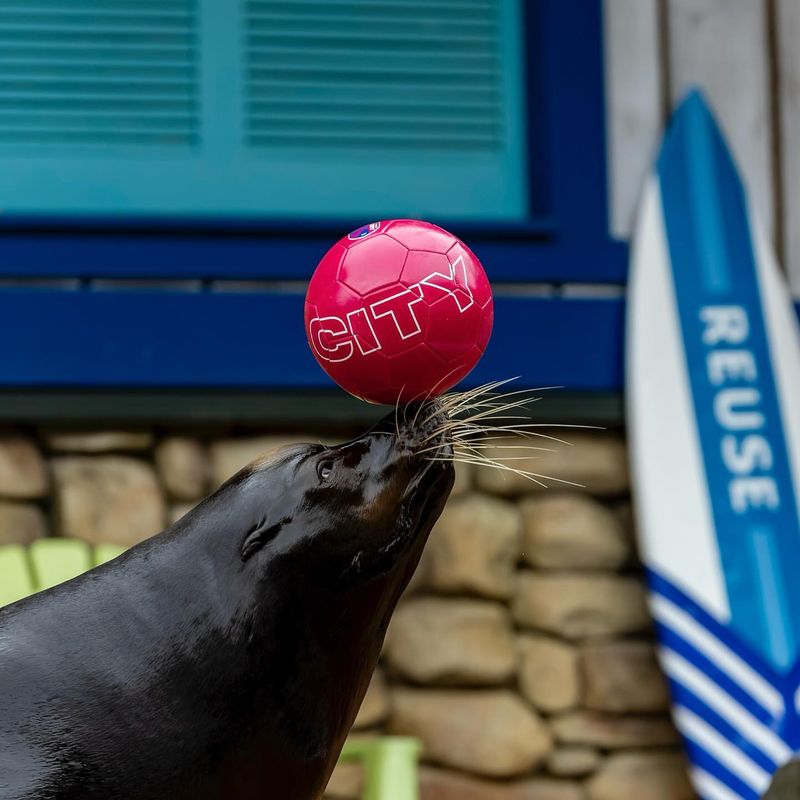
Sea lions in aquariums often thrill audiences with their ability to balance balls on their noses, a behavior not typically seen in their natural habitats. These performances are the result of training programs designed to engage their intelligence and agility.
The training uses rewards to reinforce the desired behavior, encouraging sea lions to perform a variety of tricks.
This engagement is not only entertaining for audiences but also provides the animals with mental stimulation and physical exercise. The spectacle of a sea lion balancing a ball is both delightful and informative, showcasing their intelligence and coordination.
Such activities are crucial in captivity, ensuring that sea lions remain active and engaged, while also educating the public about their abilities and natural behaviors.
10. Penguins Walking In Costumes
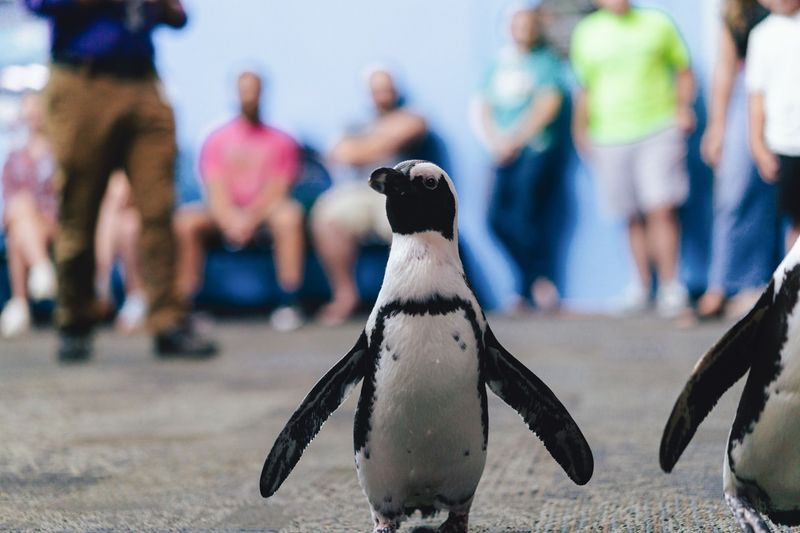
In some zoos, penguins participate in parades, donned in colorful costumes, an amusing spectacle that captivates visitors. This behavior, unique to captivity, is more than just entertainment; it’s a form of enrichment for the penguins.
By dressing in costumes, penguins engage in activities that stimulate their curiosity and encourage social interaction. The parades provide exercise and new experiences, contributing to their overall well-being.
For the public, watching penguins waddle in costumes is a delightful experience, offering a new perspective on these beloved birds.
While the practice may seem whimsical, it is carefully designed to ensure the penguins’ comfort and enjoyment, highlighting the creative ways zoos engage animals in enriching activities.
11. Bears Solving Puzzles
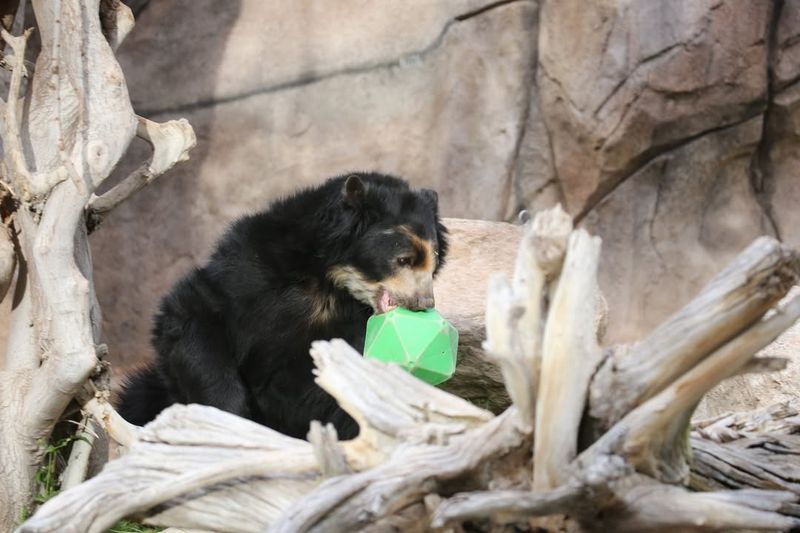
Bears in zoos are often provided with puzzle feeders, challenging their problem-solving skills in a way not typically encountered in the wild. These puzzles require bears to manipulate objects to access food, stimulating their cognitive abilities.
The process of solving these puzzles provides mental and physical exercise, crucial for their well-being in captivity. Watching a bear tackle these challenges is an insightful experience, revealing their intelligence and determination.
Providing puzzles is part of a broader enrichment strategy, aiming to mimic natural foraging behaviors and reduce stress. These activities are vital for keeping captive bears healthy and active, showcasing their ability to adapt and thrive in controlled environments.
12. Kangaroos Interacting With Humans
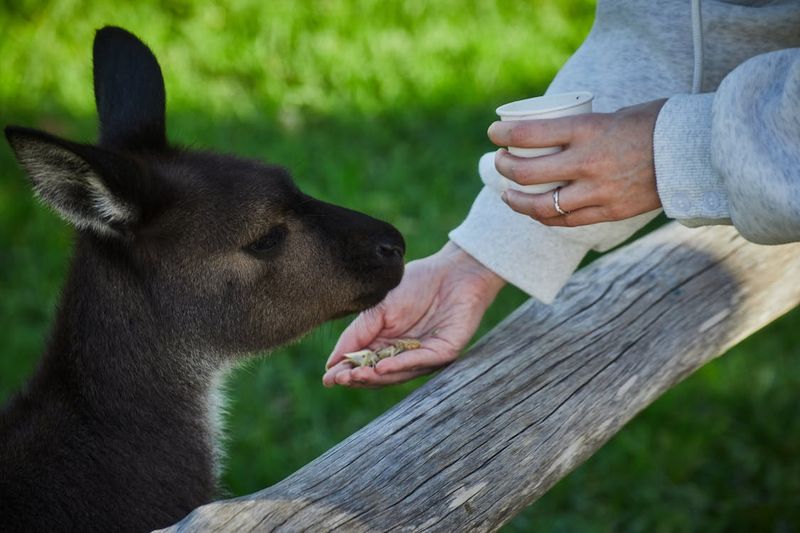
In certain zoos, kangaroos are known to interact playfully with humans, a behavior not commonly observed in the wild. These interactions often involve gentle play, such as touching hands or hopping alongside visitors, providing a unique opportunity for connection.
For kangaroos, these interactions offer enrichment and socialization, keeping them engaged in their environment. The experience benefits both the animals and the visitors, fostering a sense of appreciation and understanding.
This behavior highlights the adaptability and curiosity of kangaroos, revealing their social nature. The interactions in captivity allow for a deeper connection between humans and these iconic animals, enriching the lives of both parties involved.




